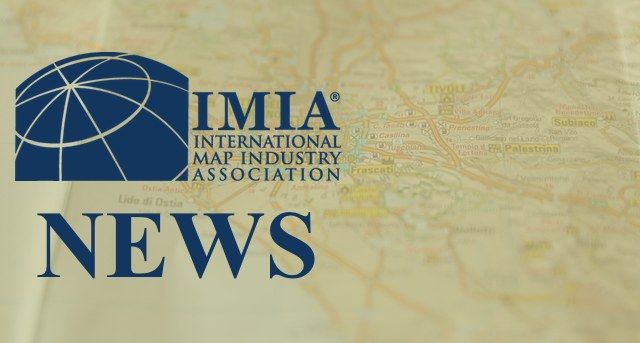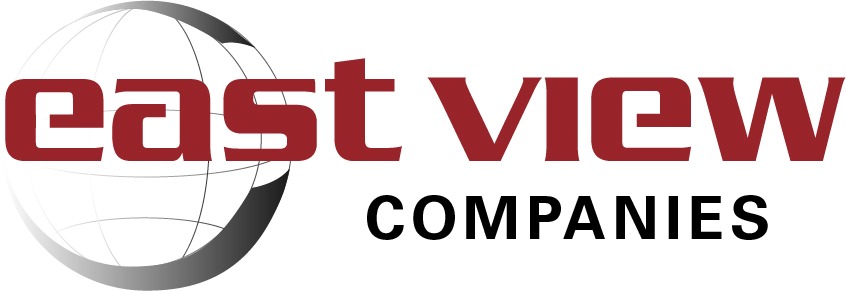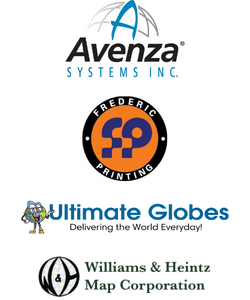Over the next few months IMIA will be sponsoring a series of blogs written by guest bloggers on the topic: “What is a Map?”. The intent of this blog series is to facilitate a discussion on how technology is increasing the opportunities for the world to use and contribute to geospatial information, while the traditional map continues to have a (durable) place for many users.
Clearly, maps are very important today, with some companies claiming to be selling more paper maps now than anytime in their history. Meanwhile, the preponderance of GPS devices enabling everything from in-dashboard navigation units, to handheld navigation devices, some of which provide only information on position, while others provide a variety of underlying map content. These handheld devices include specialized units, but users are increasingly relying upon smart phones that not only allow them to navigate on foot, by bike, or by car, but to also take photos, and communicate their “status” to the world. Communication had previously meant “channelized” voice or text, including email and SMS, but now includes the ability to dynamically communicate via web platforms like FaceBook, Twitter, Instagram, and other online social media services. There’s increasingly a geospatial component to communicating with friends and family, with users “checking in” at particular locations, geospatially “tagging” photos with precise coordinates (provided by the phone’s GPS), and sharing geospatial data to expose recreational opportunities and experiences, or to virtually compete with other people via the internet.
All of this begs the question: what is a map? You’ll probably get a different answer from users and consumers of various map products, based upon what they’re using or how they’re using it. Also, there’s a variety of answers depending upon the geospatial service provider. Some mapping entities are providing only online, dynamic capabilities. Others are enabling disconnected digital maps on mobile devices. Many organizations are still providing content the age old way: paper maps. I think our current reality is that “maps are all of these things”, and any prioritization of these kinds of products and services depend upon the customer and how they’re using mapping products.
Overall, I think it’s an exciting time to be involved in mapping, as I think the “pie is growing”, or the overall market for mapping and geospatial products and services are continuing to grow. This growth is because people want more maps in ever more formats. People want good maps on their computer, they want to have access to them on their phones and other mobile devices, and they want a high quality paper map to take with them, as it’s tough to gather everyone around a small screen to discuss where we’re all going. I believe that high quality mapping services are increasing the demand for high quality paper maps. And vice versa. Literally, one hand is feeding the other.
So, look forward to guest bloggers continuing this discussion on “what is a map?” on the IMIA blog. If you’d like to be a part of the discussion, please feel free to comment or if you’d like to participate as a guest blogger please submit your blog entry to [email protected]. It’s clear the question is simple, but the answer is tough…and really depends on the provider, customer, and intended use. Thanks again!
Brian Fox is the Systems Development Branch Chief at USGS’s National Geospatial Technical Operations Center (NGTOC).







